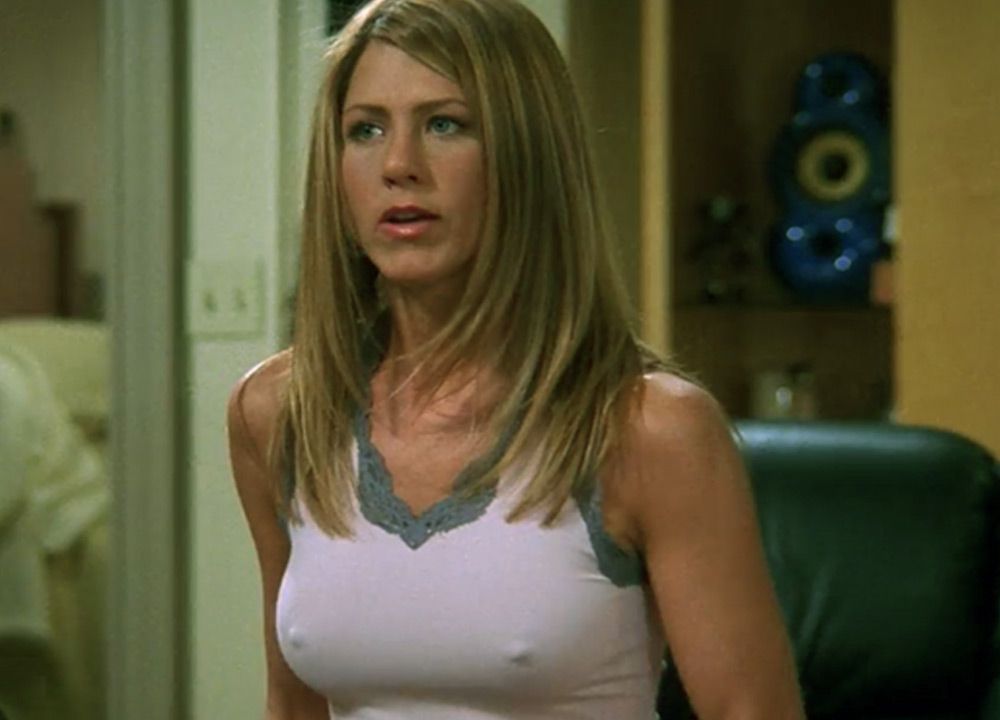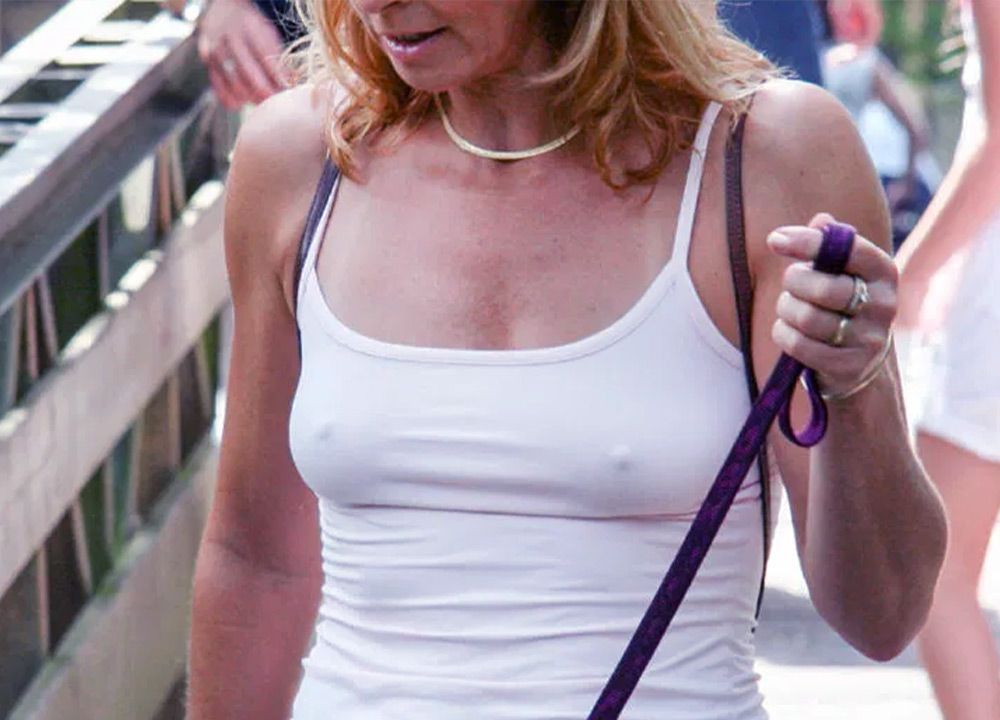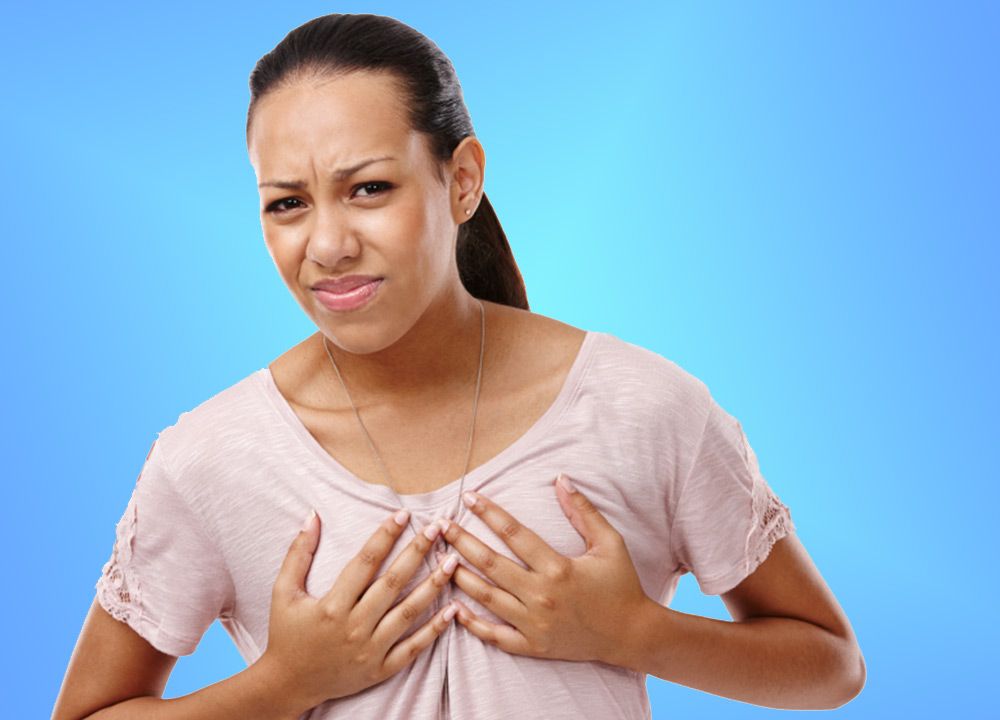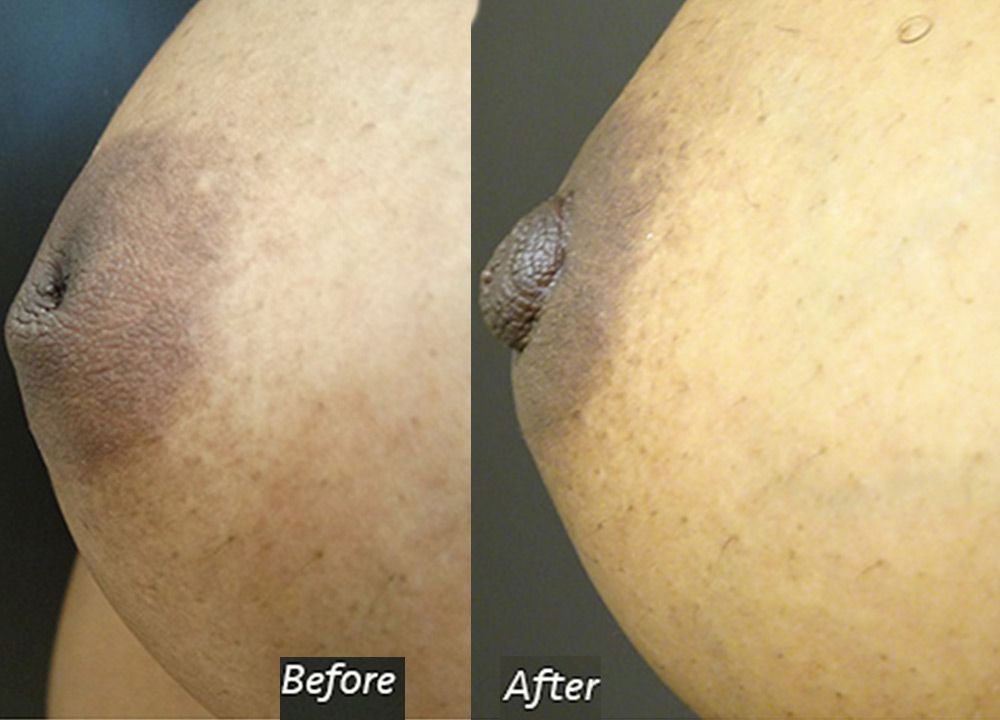Nipples are unique in their own way. Every woman's nipples are unique and can be anything from flat to inverted, soft to firm, or even hairy. Indian women, for example, may have darker nipples than women of other races. Mismatched pairs are also popular among females. Female nipples come in a wide variety of shapes and sizes. It is entirely normal for women to experience. There is no ideal nipple size or shape.
In this article, we have jotted down information about different types of nipples. Read down and know all the details.
Factors Affecting Shape and Size of Nipples
The major factors which affect the shape and size of nipples are:
- Genetics
- Ageing
- Pregnancy
- Temperature
- Piercing
- Arousal
- Hormones
So now, let's learn about different types of nipples.
Major Types of Nipples
So here are the major types of nipples.
1. Tight Nipples
Tight nipples, also known as erect nipples, have an outward and sharp shape. The appearance of her nipples can gauge a woman's level of sexual excitement. However, these can also be caused by clothing that is too tight or chilly weather.
 Tight Nipples
Tight NipplesDuring sexual activity, women may feel a tightening in their nipples. According to a study, friendliness and enjoyment are two emotions that women connect with tight nipples.
2. Protruding Nipples
Is the size of your nipples bigger than they usually are? Protruding nipples are seen in the pointy breasts. They rise a few millimetres above the surface of the areola and have a ring of pigmented skin that surrounds the nipple so that they can be seen better.
 Protruding Nipples
Protruding NipplesThe amount these nipples show varies from woman to woman, but they all look the same. When this nipple is stimulated or cold, it gets bigger and can become hard. It is completely normal to have protruding nipples.
However, if you're always having problems with your clothes, it's best to see a doctor. If you plan to opt for breast surgery, it can make your nipples less sensitive.
3. Hairy Nipples
Nipples that are surrounded by hairs are known as hairy nipples. The pigmented area surrounding the nipple, the areola, may have hair growing out of it. Hairy nipples are more prevalent in men than in women; however, disorders like PCOS, irregular periods, and ovarian cysts can produce them in women.
Also read: Hard Nipples
4. Small Nipples
Having small nipples is completely natural. Small nipples, like small feet size, are a result of genetics.
 Small Nipples
Small NipplesThe size of your nipples doesn't matter as long as they work as expected. Pregnancy and heredity are the most common reasons for tiny nipples. It has been seen that women try the vacuum technique, do specific exercises or get surgery to increase the size of their nipples. They must note that the size of the nipples is completely different in different women. Therefore it is not good to try external methods to alter the size of the nipples. But if there is a sudden change in size, then you must consult your gynaecologist immediately.
5. Soft Nipples
 Soft Nipples
Soft NipplesIn soft nipples, the areola puffs are forward. Some women find it cute, while others find it awkward. Soft nipples are one of the common types of nipples. Excessive tissue is found in the areola area of these nipples. The causes of soft nipples in women are heredity, premenstrual syndrome (PMS), hormones, and medicine.
6. Supernumerary Nipples
 Supernumerary Nipples
Supernumerary NipplesIn supernumerary nipples, there is normally one extra nipple on top of the previously existing two in women. In most cases, this nipple type is present from birth. This nipple type typically appears on the chest; however medical issues are rare as a result of it.
7. Bumpy Nipples
 Bumpy Nipples
Bumpy NipplesBumpy nipples are totally normal. In medical jargon, 'Montgomery glands' refer to the areolar bumps. As soon as you're sexually aroused or pregnant, the Montgomery glands become visible on your body. The Montgomery glands swell during pregnancy as the breasts increase in size to allow for breastfeeding. In appearance, they resemble small, red pimples or bumps on the nipple or areola.
Also read: Types and Size of Nipples
8. Firm Nipples
Nipples can harden overtime for a lot of women. Firm nipples are the medical term for such nipples. Changes in temperature or sexual arousal can cause hard nipples.
In addition, ovulation, breastfeeding, and piercing allergies are all possible causes. Though it's perfectly normal to have firm nipples, go see a doctor if the discomfort persists. According to a recent study, 81 percent of women believe that the firmness of their nipples increases sexual arousal.
9. Inverted Nipples
 Inverted Nipples
Inverted NipplesInverted nipples are also known as retracted nipples. These nipples sink in rather than protrude from the skin surface. There's nothing to be concerned about if this has always been the case, and it is perfectly normal. Retracted nipples may be a sign of breast cancer if they occur suddenly.
10. Open Nipples
Open nipples are sore or cracked. Breastfeeding mothers are more likely to suffer from them. After their periods, some women also get sore boobs.
The open nipple is common among female athletes, particularly runners, who have jogger nipples. Long-distance runners are more likely to have open nipples, according to research. Genetics or piercings are also a major cause of open nipples.
11. Flat Nipples
Nipples that do not protrude or invert can be found on some women. Nipples that are flat on the underside are referred to as "flat nipples". Genetics is the most common factor contributing to the development of flat nipples.
Cold weather and sexual arousal have no effect on flat nipples. Flat nipples don't pose a problem when it comes to breastfeeding for women. This is due to the fact that pregnant women often have protruding flat nipples. It's also possible to use a nipple shield to help your baby latch on to the breast.
Also read: Bumps or Pimples on Nipple
Conclusion
So these are the major types of nipples that you should know about. Remember that if you notice any sudden change in your nipples, you must consult your gynaecologist immediately and get it checked.
Frequently Asked Questions
Q. What is the real name for nipples?
A. The medical name for nipples is mammary papilla. Nipples are located on the little side of the centre of the breast.

